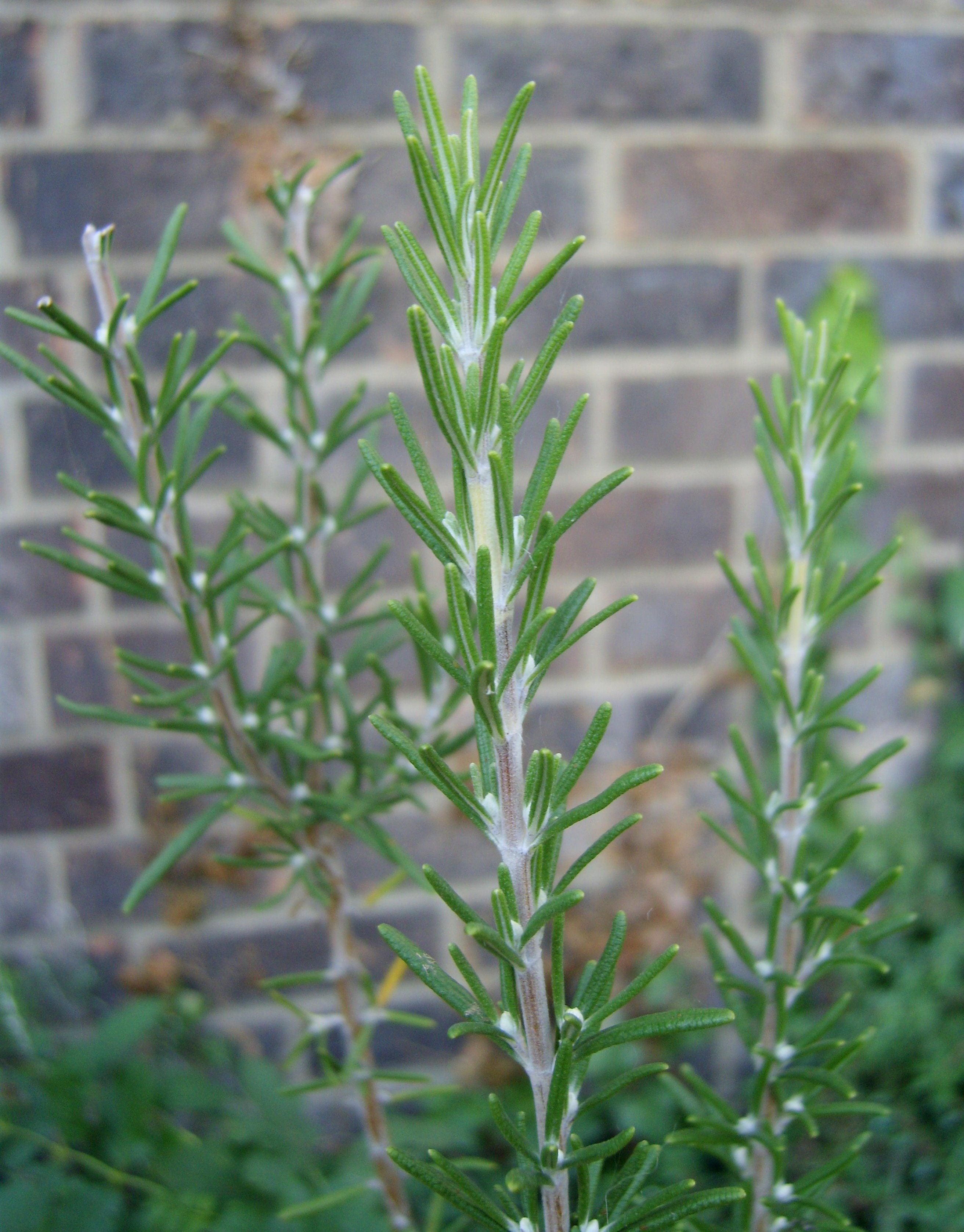The Aromatic Enigma: Unraveling the Secrets of Rosemary
Rosemary, Salvia rosmarinus (formerly Rosmarinus officinalis), stands as a testament to the enduring power of nature’s aromatic gifts. This woody, perennial herb, native to the Mediterranean region, has woven itself into the fabric of human history, culture, and cuisine. From its ancient associations with memory and remembrance to its contemporary role as a culinary staple and a source of potent medicinal compounds, rosemary continues to captivate and intrigue.
A Botanical Portrait: Identifying Rosemary
:strip_icc()/trailing-rosemary-e93e8b0e-6e2e330466b44be09481e4b1edda0b73.jpg)
Rosemary is easily recognizable by its needle-like leaves, which resemble those of conifers. These leaves, typically dark green on the upper surface and silvery-white underneath, are densely packed along the stems, giving the plant a bushy appearance. The stems themselves are woody and branched, contributing to the plant’s shrub-like form.
During its flowering season, rosemary produces small, delicate flowers that bloom in clusters along the stems. These flowers, ranging in color from pale blue to violet, white, or pink, attract pollinators like bees and butterflies, contributing to the plant’s ecological significance. The intense fragrance of rosemary, emanating from its leaves and flowers, is a hallmark of the species, a testament to its rich volatile oil content.
A Journey Through Time: Rosemary’s Historical Significance
Rosemary’s history is deeply intertwined with human civilization. Ancient Egyptians, Greeks, and Romans revered the plant, associating it with various deities and incorporating it into their rituals and daily lives.
Ancient Symbolism: In ancient Greece, rosemary was dedicated to Aphrodite, the goddess of love, and was believed to strengthen memory. Students often wore rosemary sprigs in their hair while studying, hoping to enhance their cognitive abilities. Romans used rosemary in their religious ceremonies and as a symbol of remembrance, often weaving it into funeral wreaths.
The Science Behind the Scent: Rosemary’s Chemical Composition

Rosemary’s distinctive aroma and therapeutic properties stem from its complex chemical composition, which includes a variety of volatile oils, flavonoids, and phenolic acids.
Volatile Oils: The primary components of rosemary’s volatile oil are 1,8-cineole, camphor, alpha-pinene, and borneol. These compounds contribute to the plant’s characteristic fragrance and are responsible for many of its biological activities, including antimicrobial, antioxidant, and anti-inflammatory effects.
Rosemary in the Kitchen: A Culinary Delight
Rosemary’s robust flavor and aroma make it a versatile culinary herb, enhancing the taste of a wide range of dishes.
Roasted Meats and Poultry: Rosemary pairs exceptionally well with roasted meats, such as lamb, pork, and chicken. Its pungent aroma infuses the meat with a savory flavor, creating a delectable culinary experience.
Rosemary’s Therapeutic Potential: Exploring its Medicinal Properties
Rosemary has been used in traditional medicine for centuries, and modern research is beginning to validate its therapeutic potential.
Cognitive Enhancement: Studies suggest that rosemary’s aroma can improve cognitive function, including memory and attention. Inhaling rosemary oil may enhance alertness and reduce mental fatigue.
Cultivating Rosemary: A Gardener’s Guide
Rosemary is relatively easy to grow, making it a popular choice for home gardens and containers.
Sunlight and Soil: Rosemary thrives in full sun and well-drained soil. It prefers slightly alkaline to neutral soil pH.
Precautions and Considerations: Potential Side Effects
While rosemary is generally considered safe, it is important to be aware of potential side effects and precautions.
Allergic Reactions: Some individuals may be allergic to rosemary. Symptoms may include skin rash, itching, and difficulty breathing.
The Enduring Legacy of Rosemary
From its ancient origins to its contemporary applications, rosemary has proven to be a versatile and valuable plant. Its aromatic leaves, culinary versatility, and therapeutic potential have secured its place in human history and culture. As research continues to uncover the secrets of this remarkable herb, rosemary’s legacy is sure to endure, offering a fragrant and flavorful reminder of nature’s enduring gifts.
